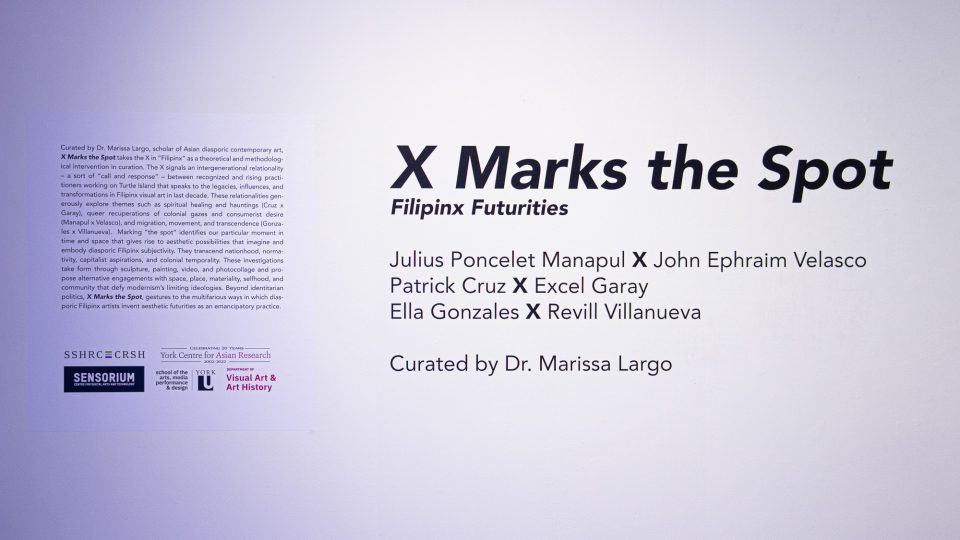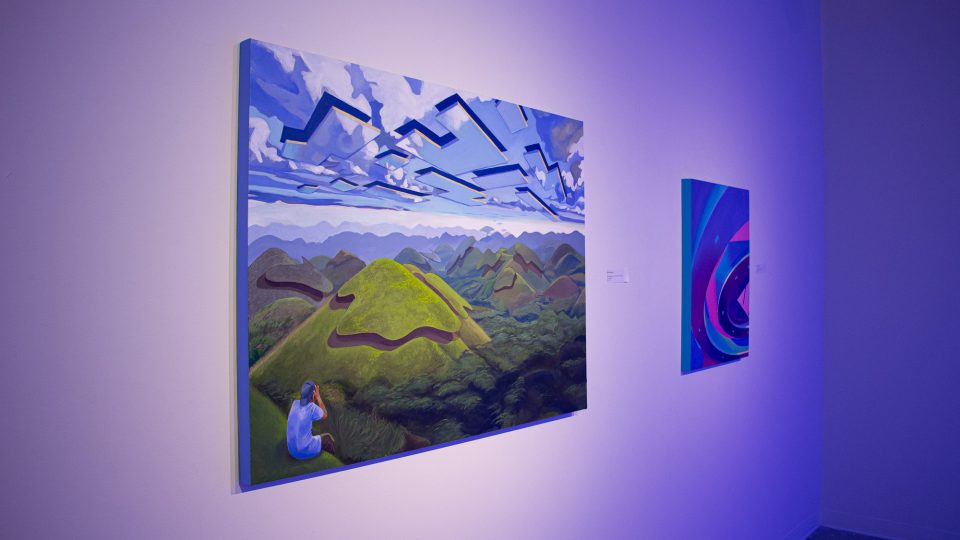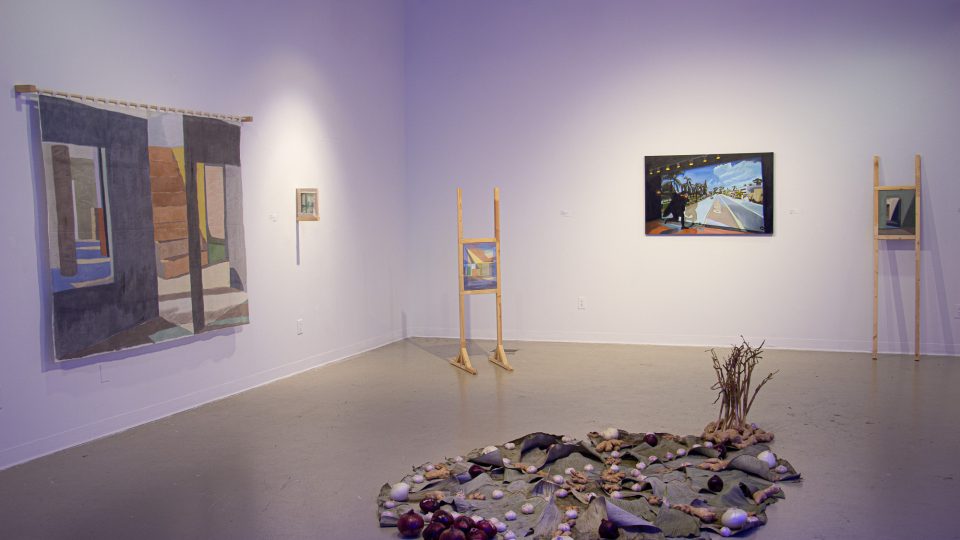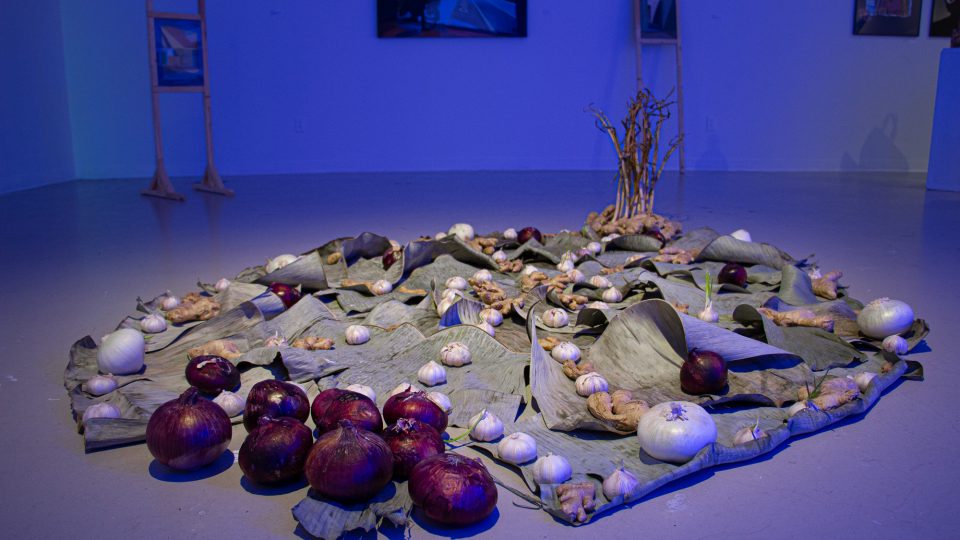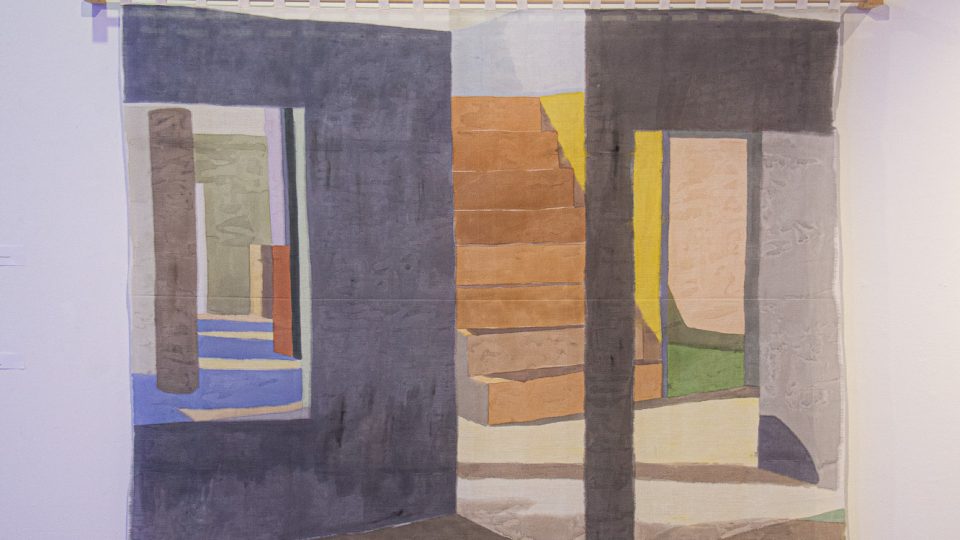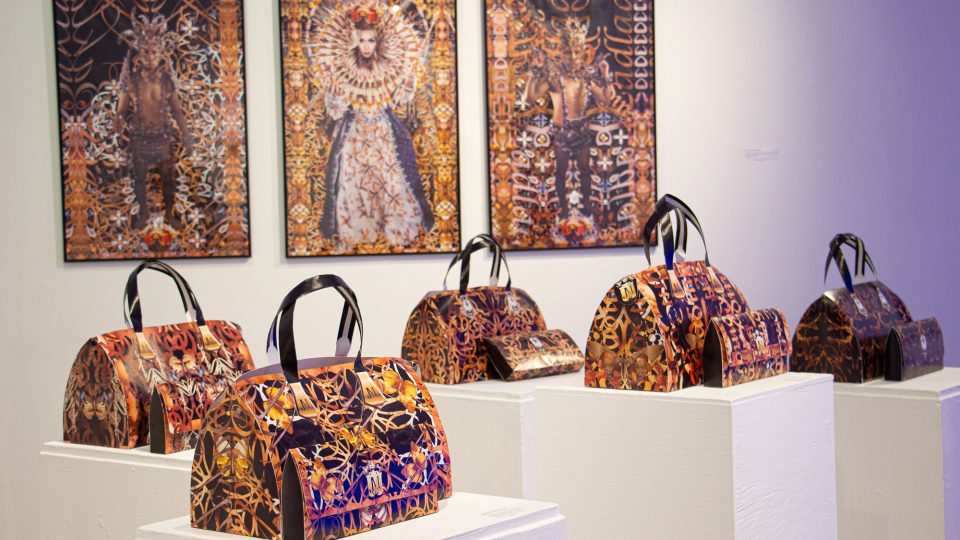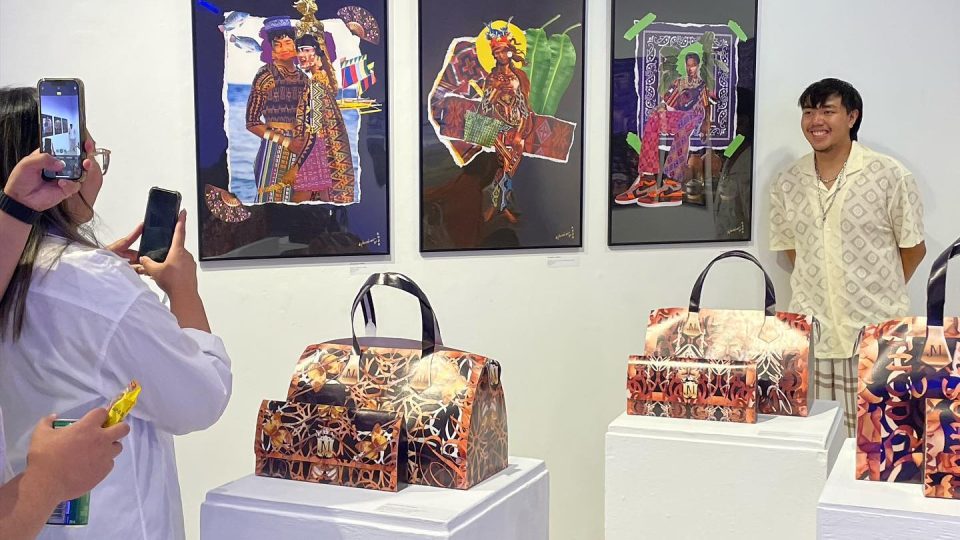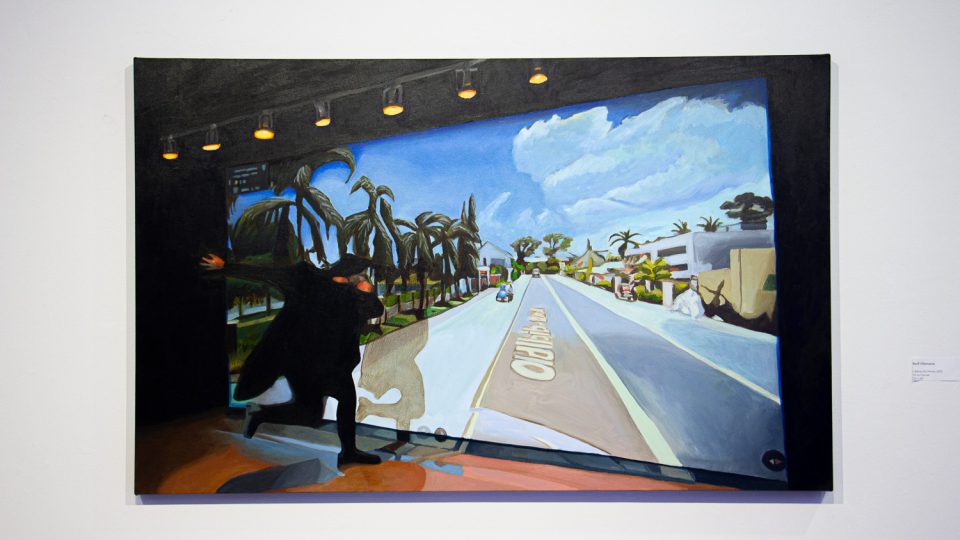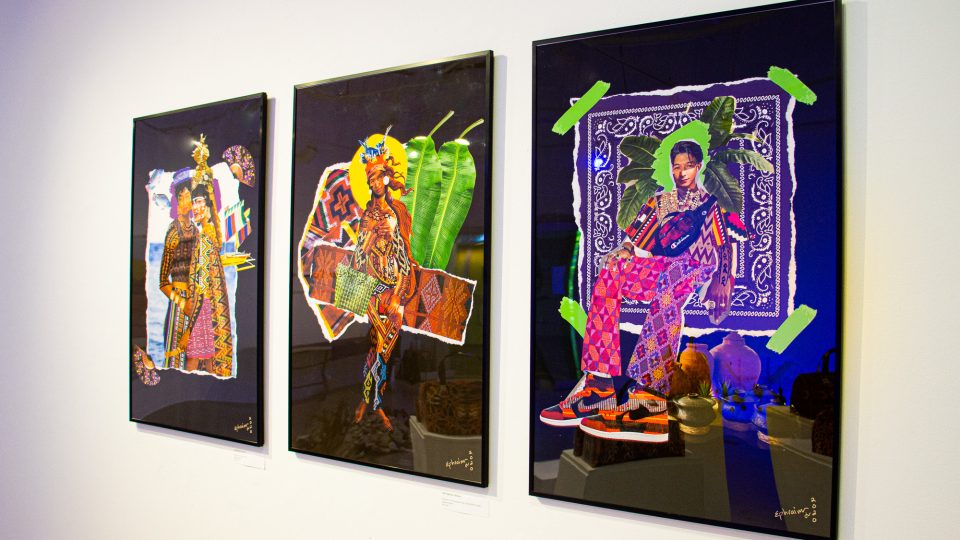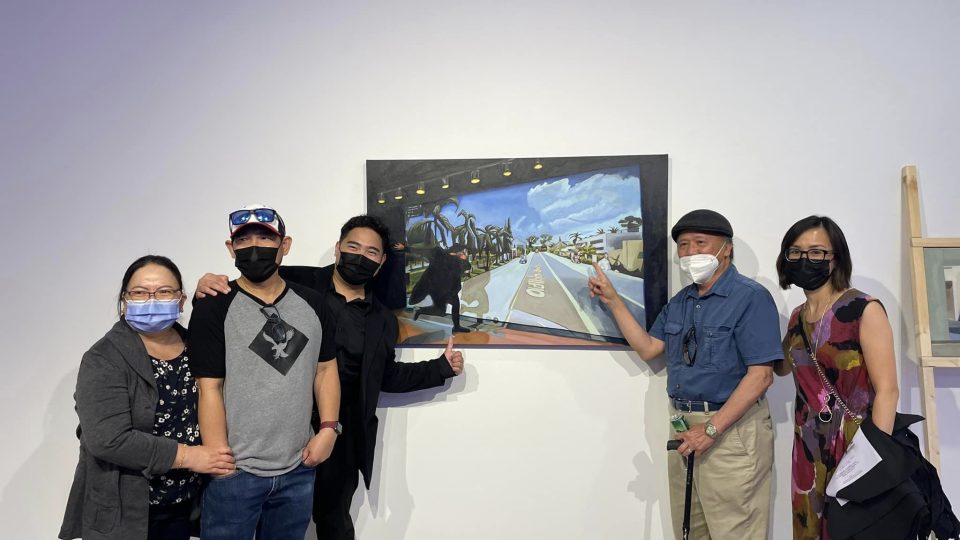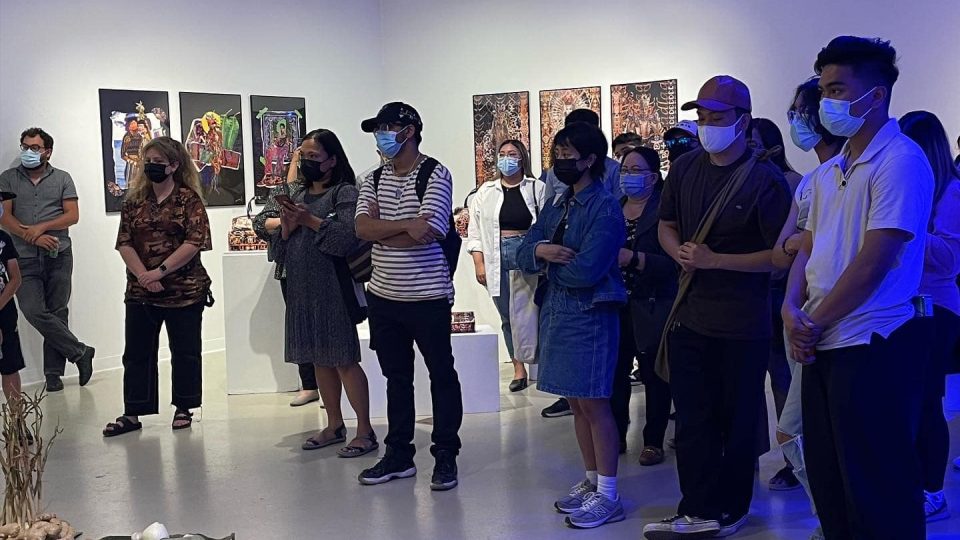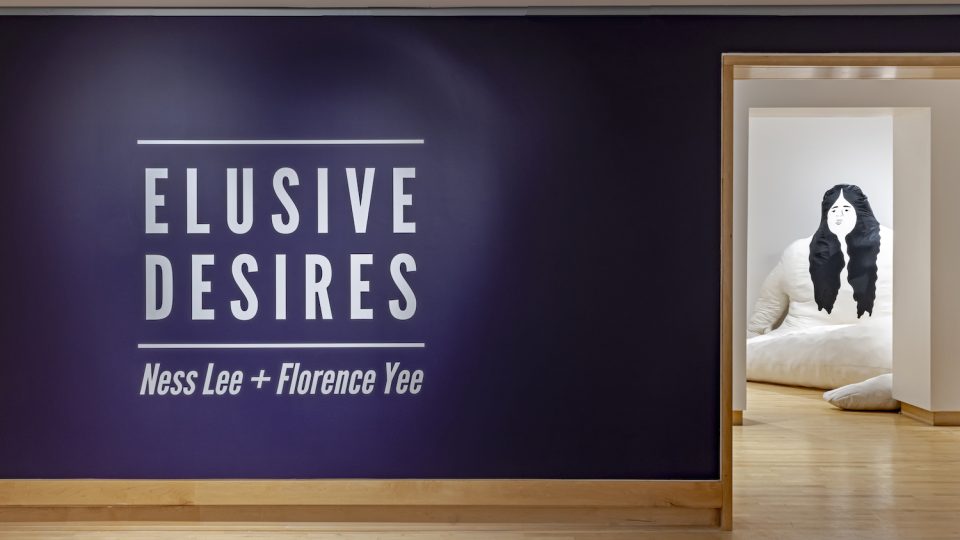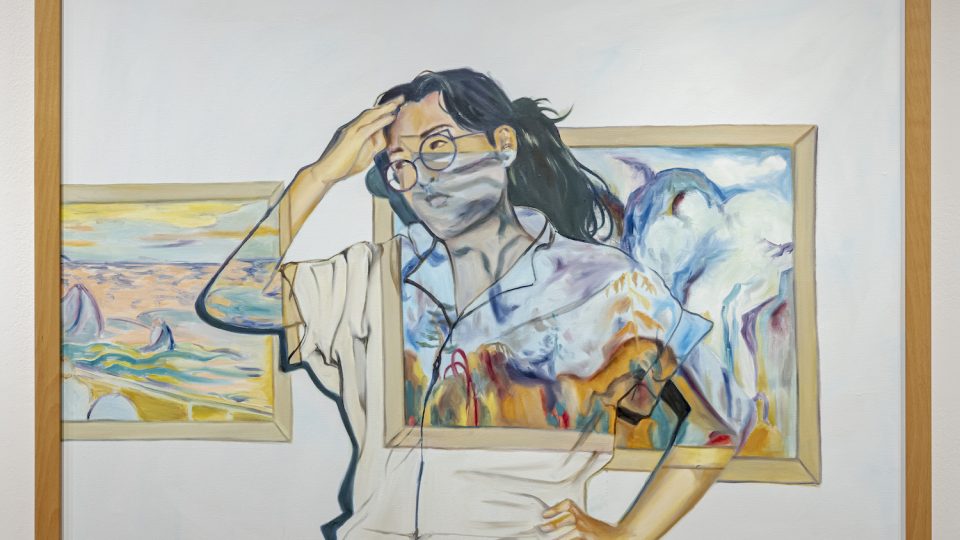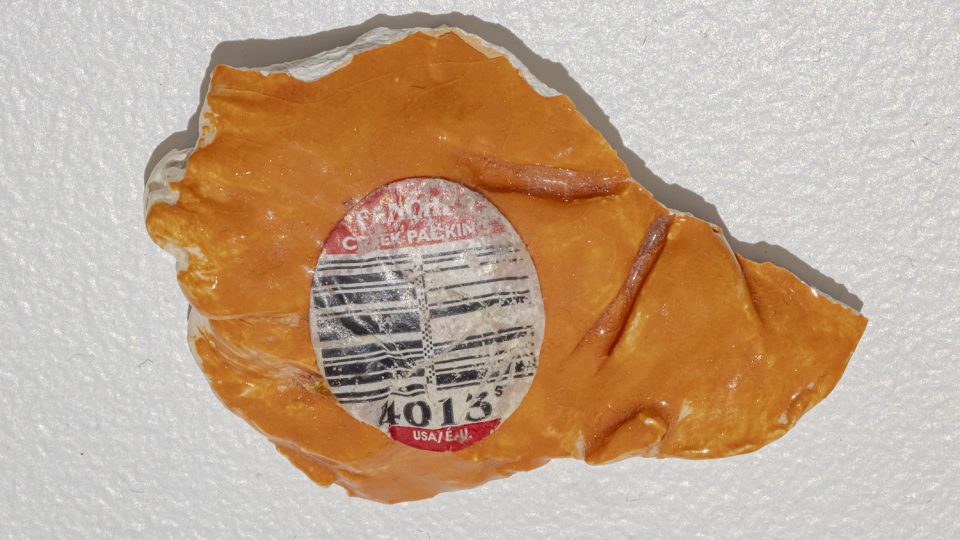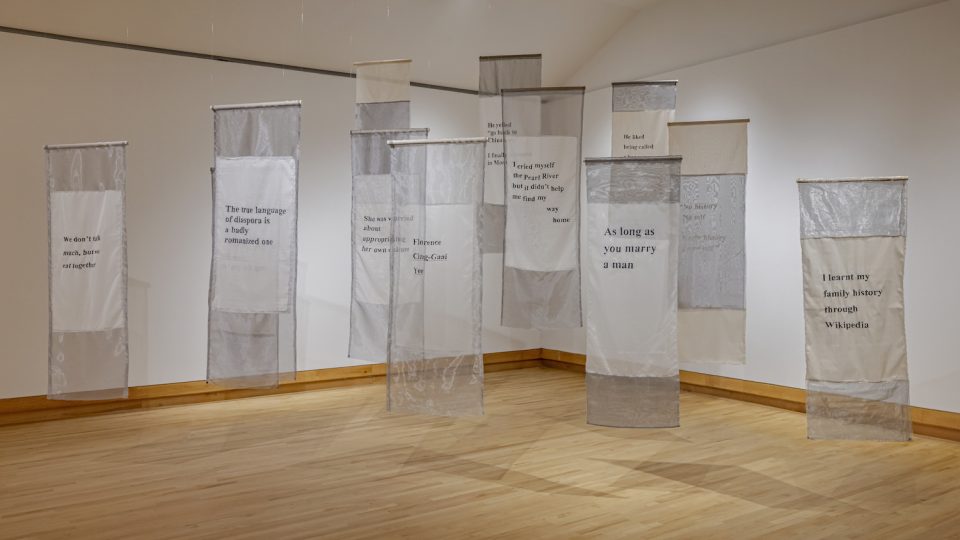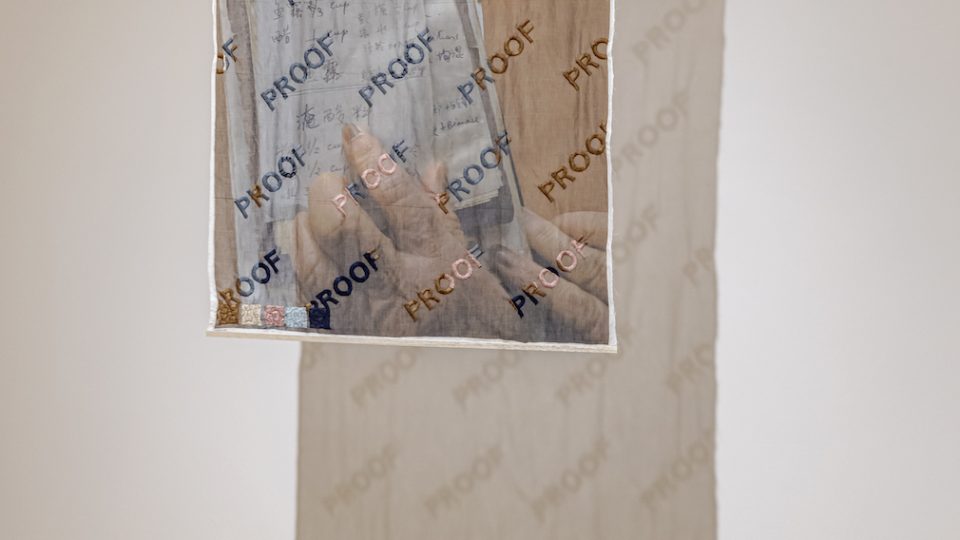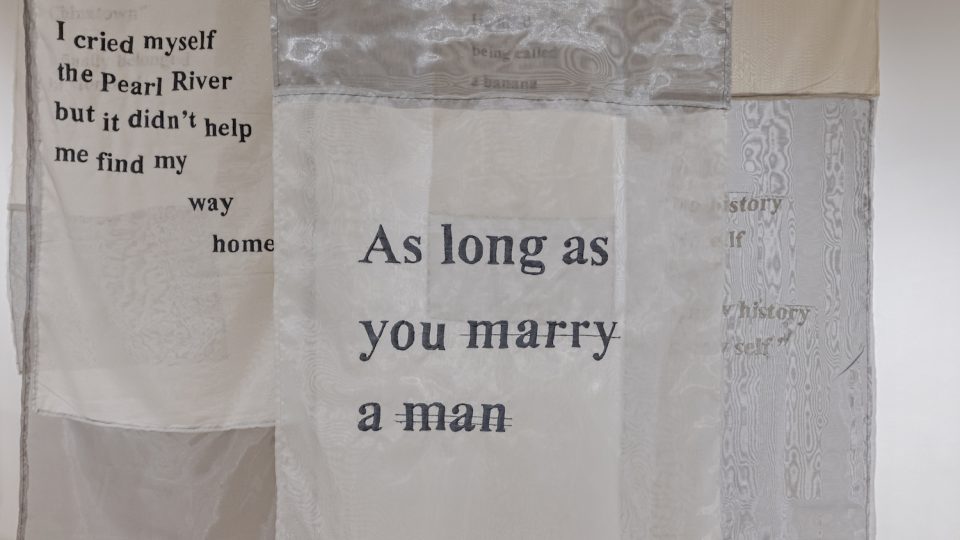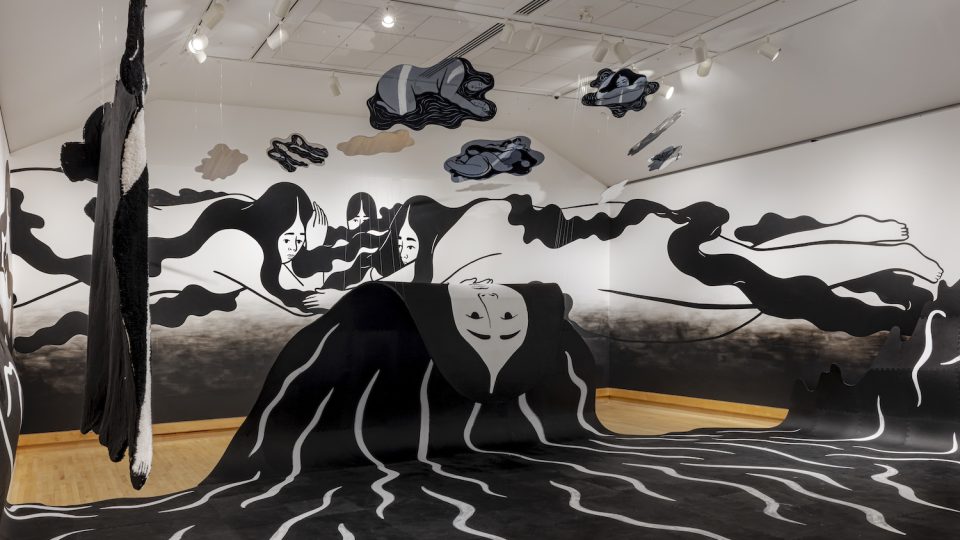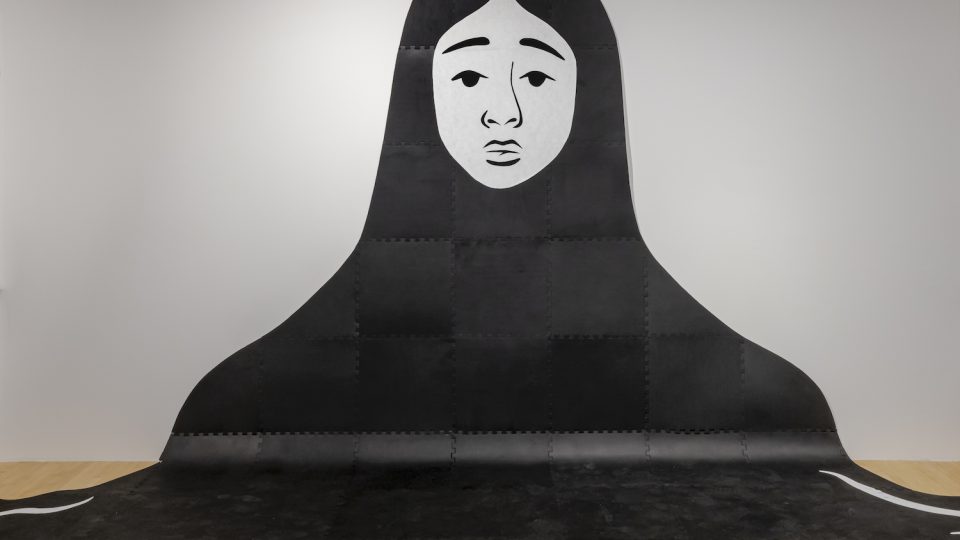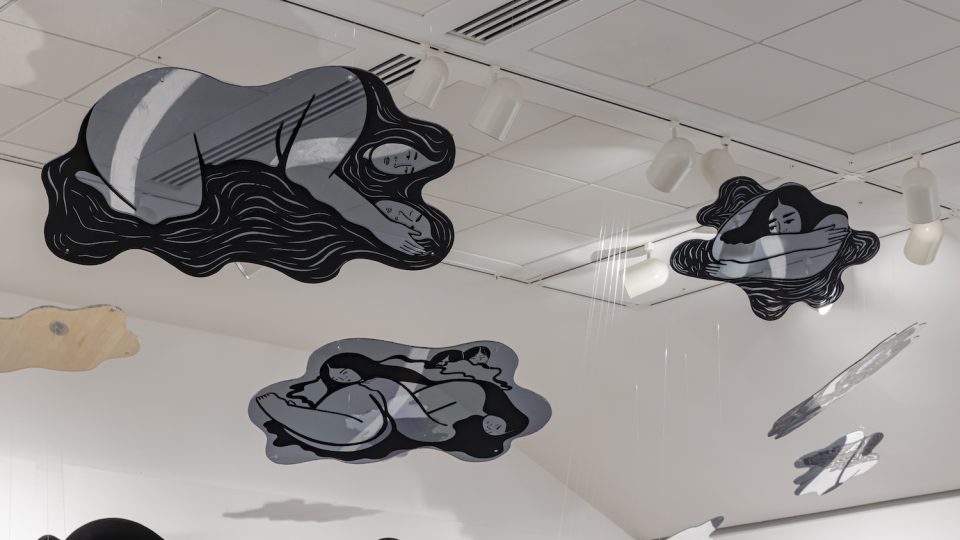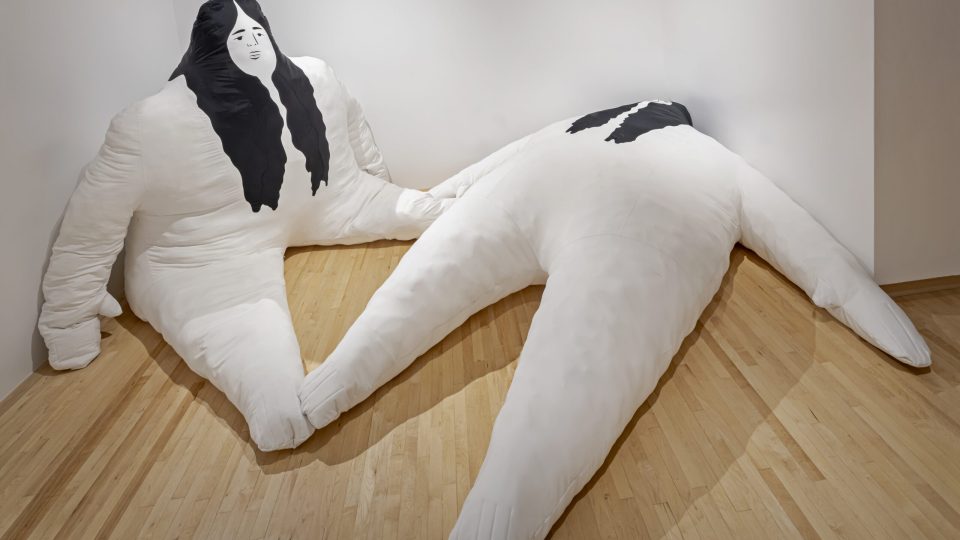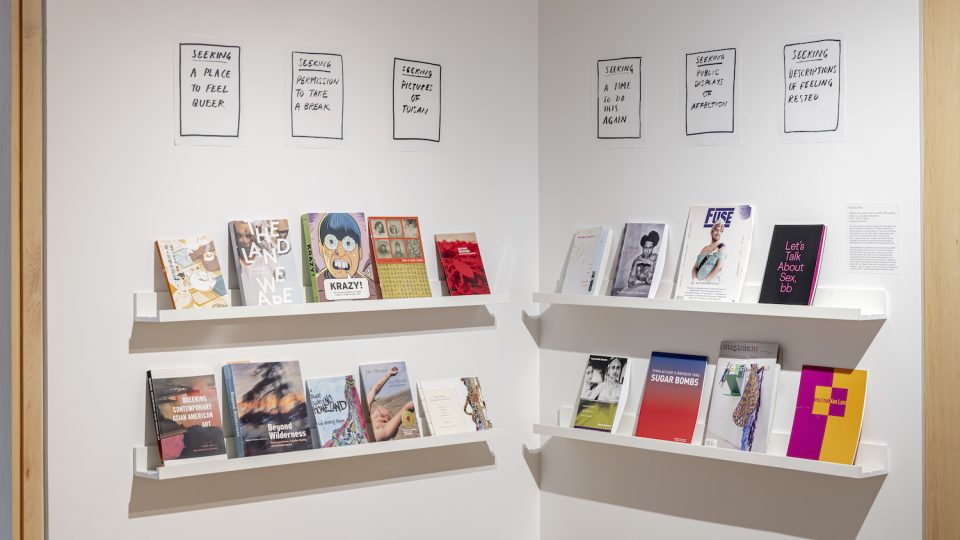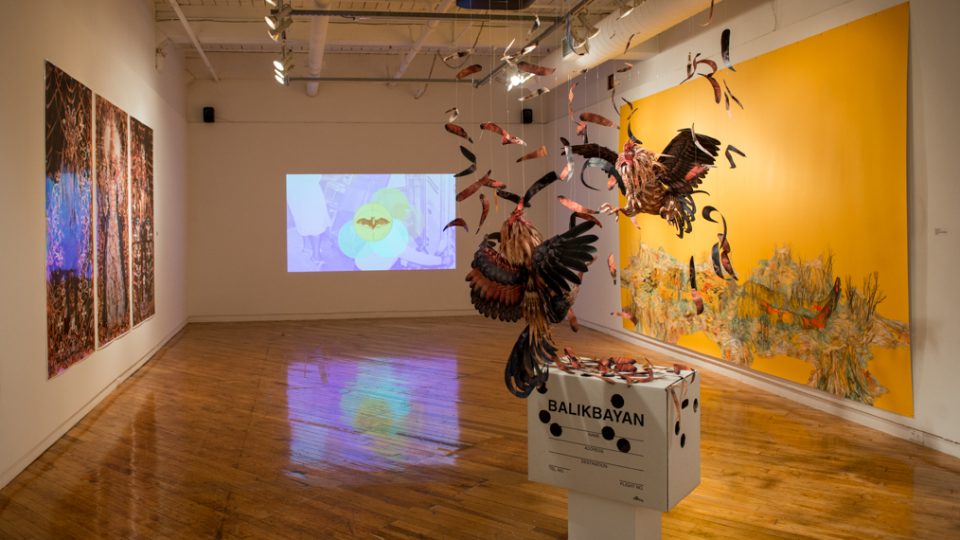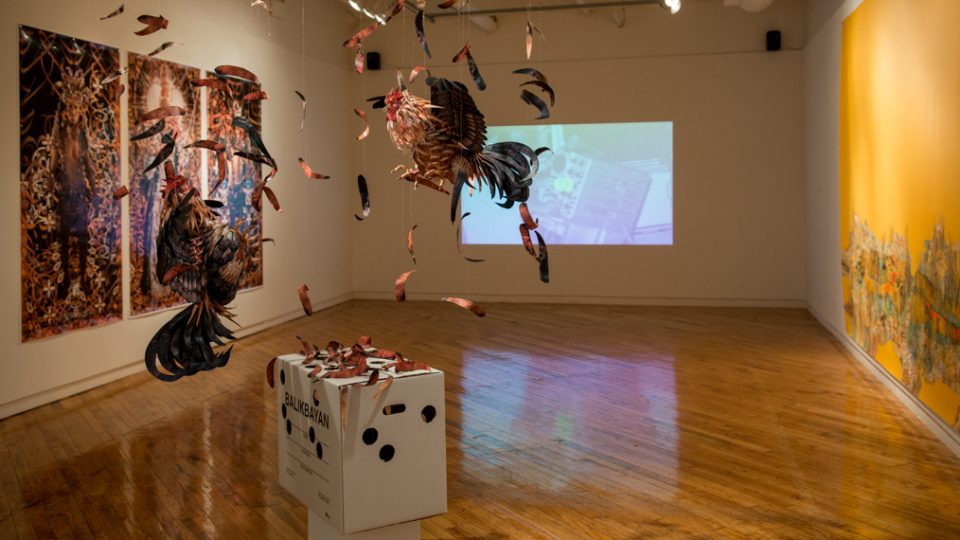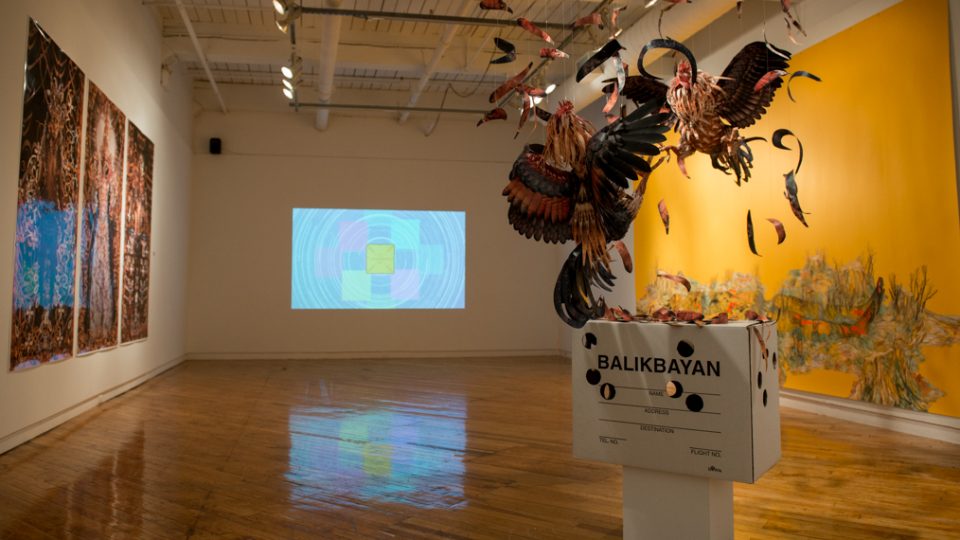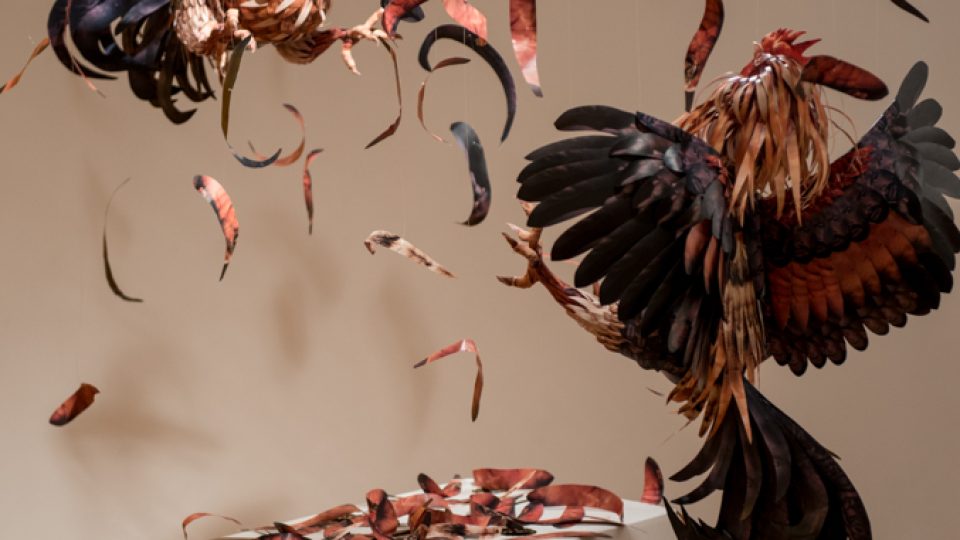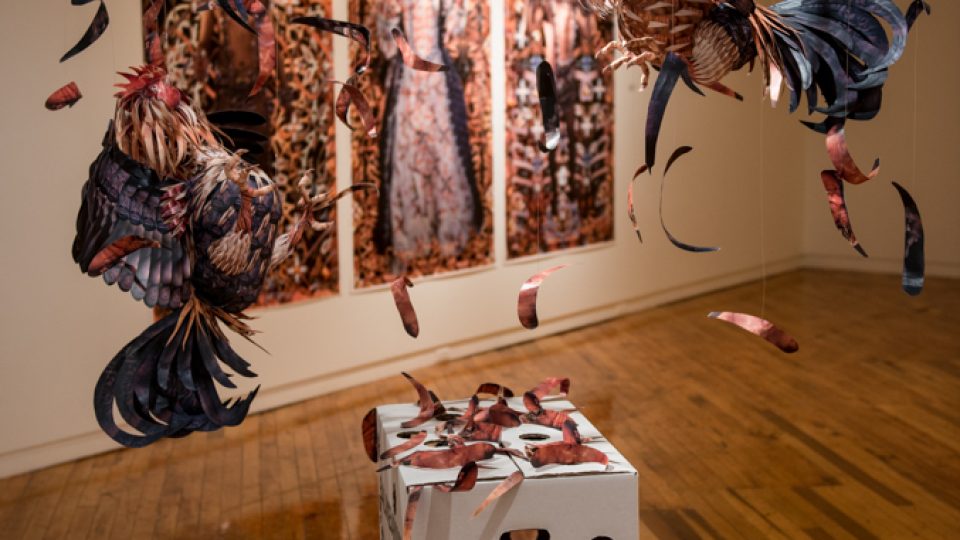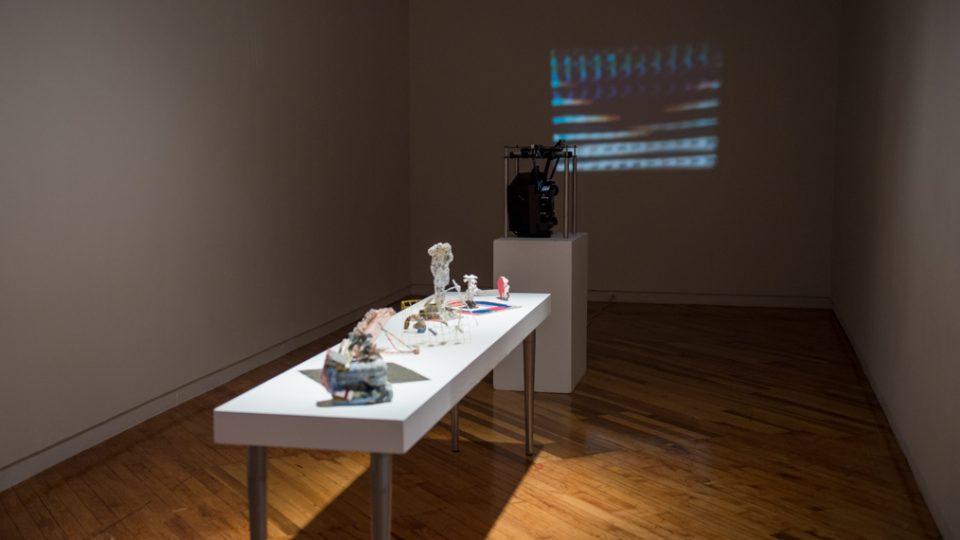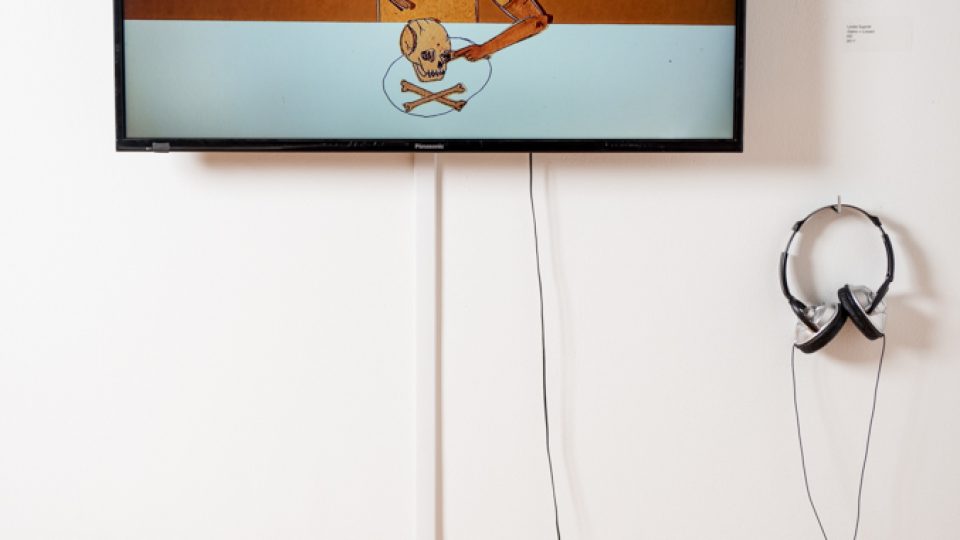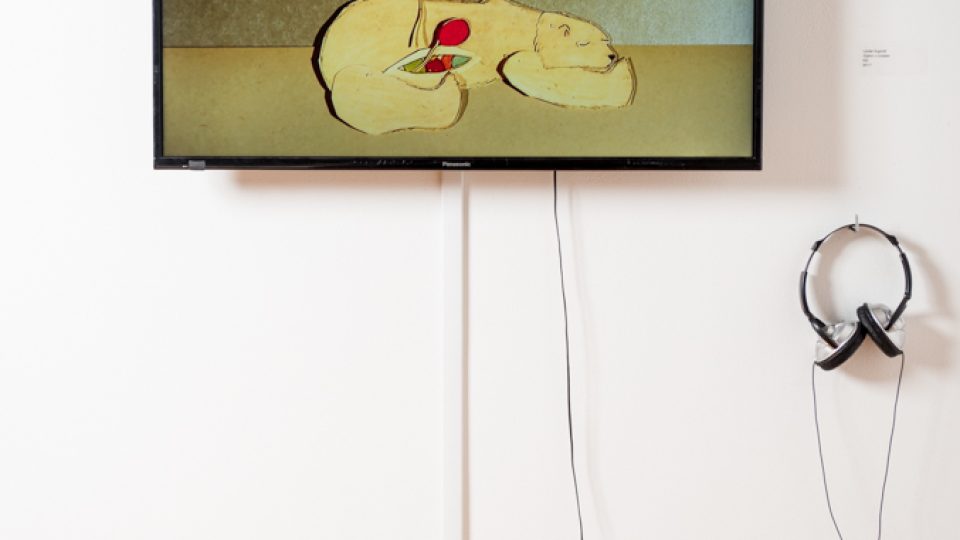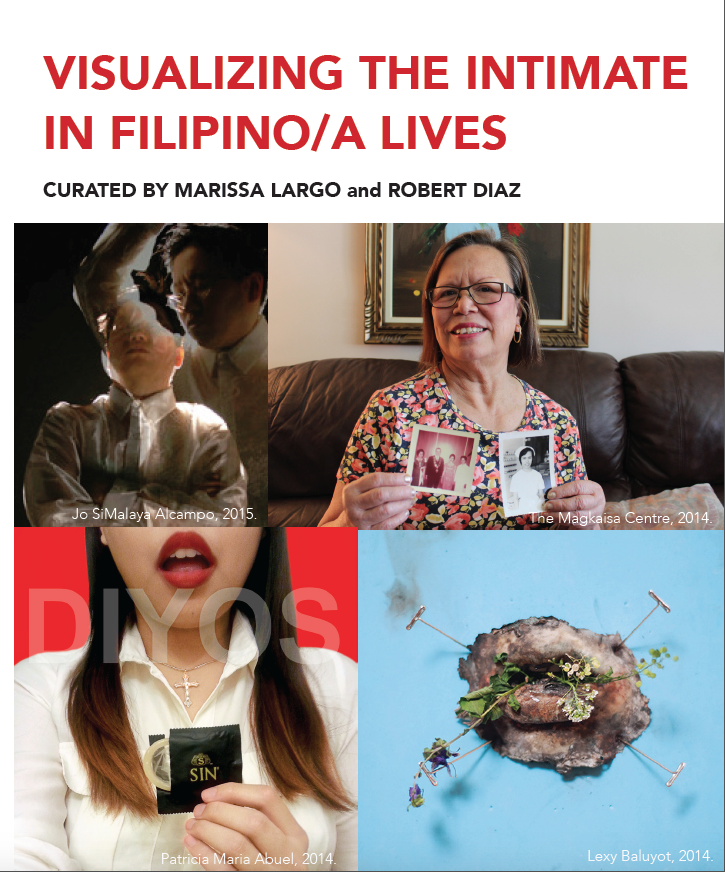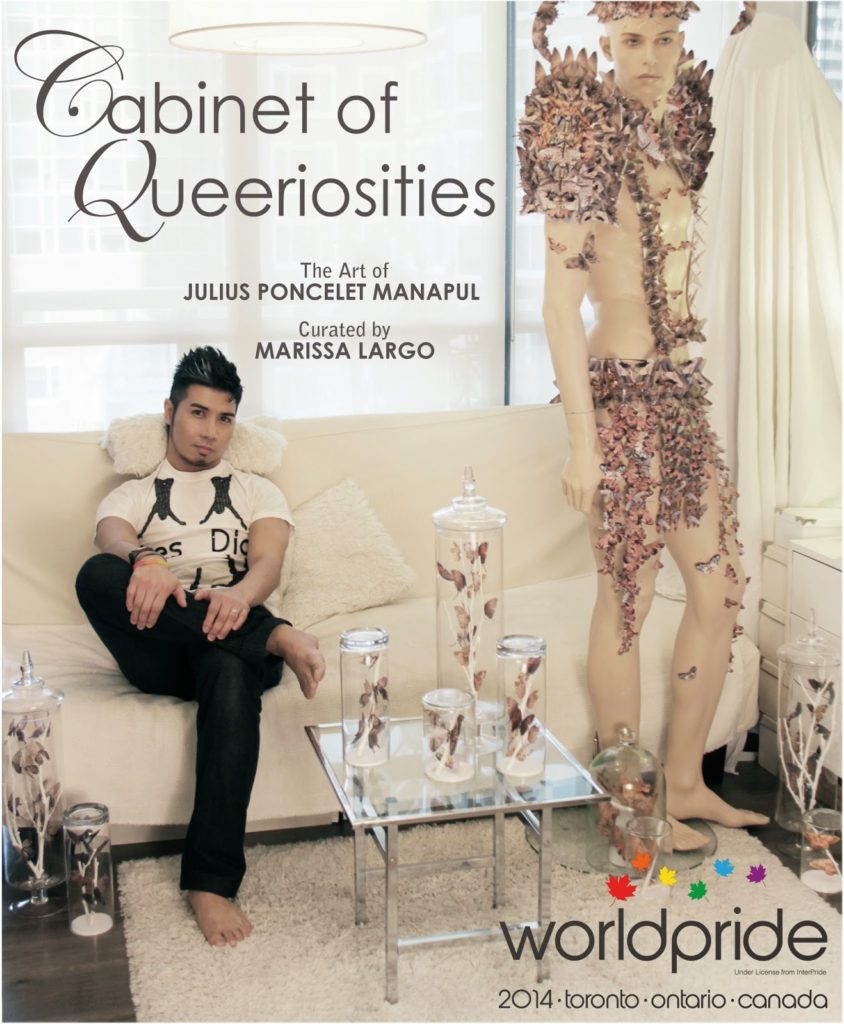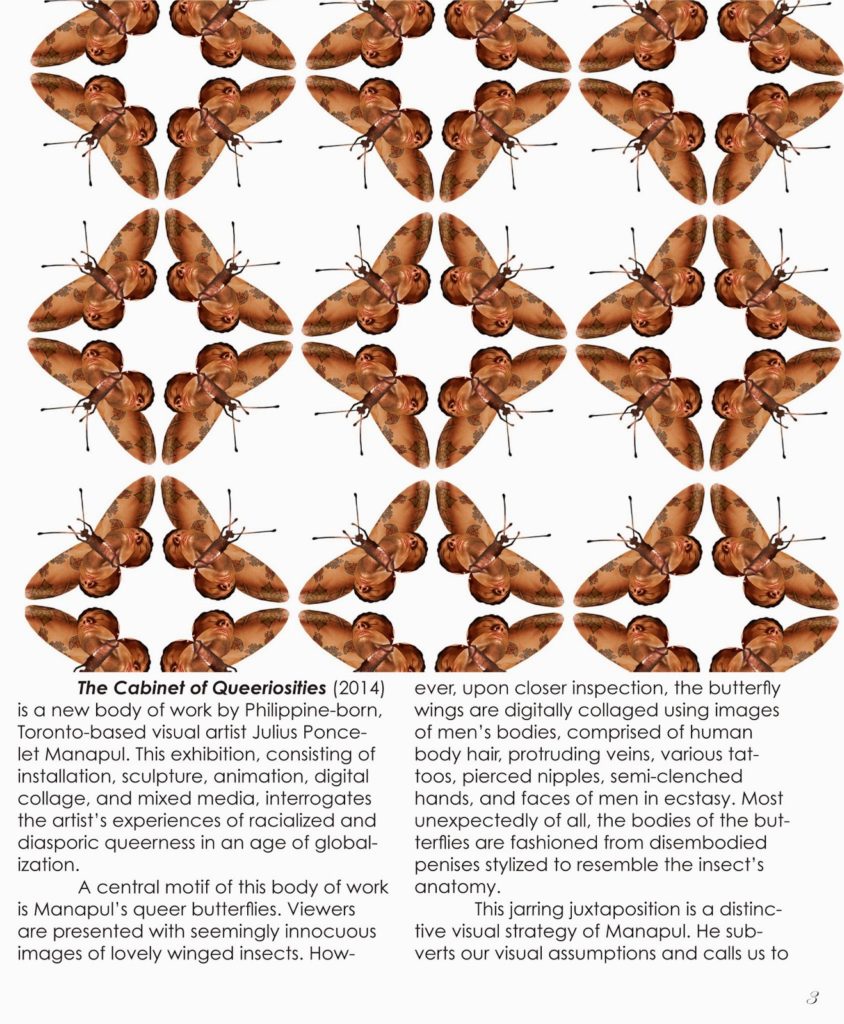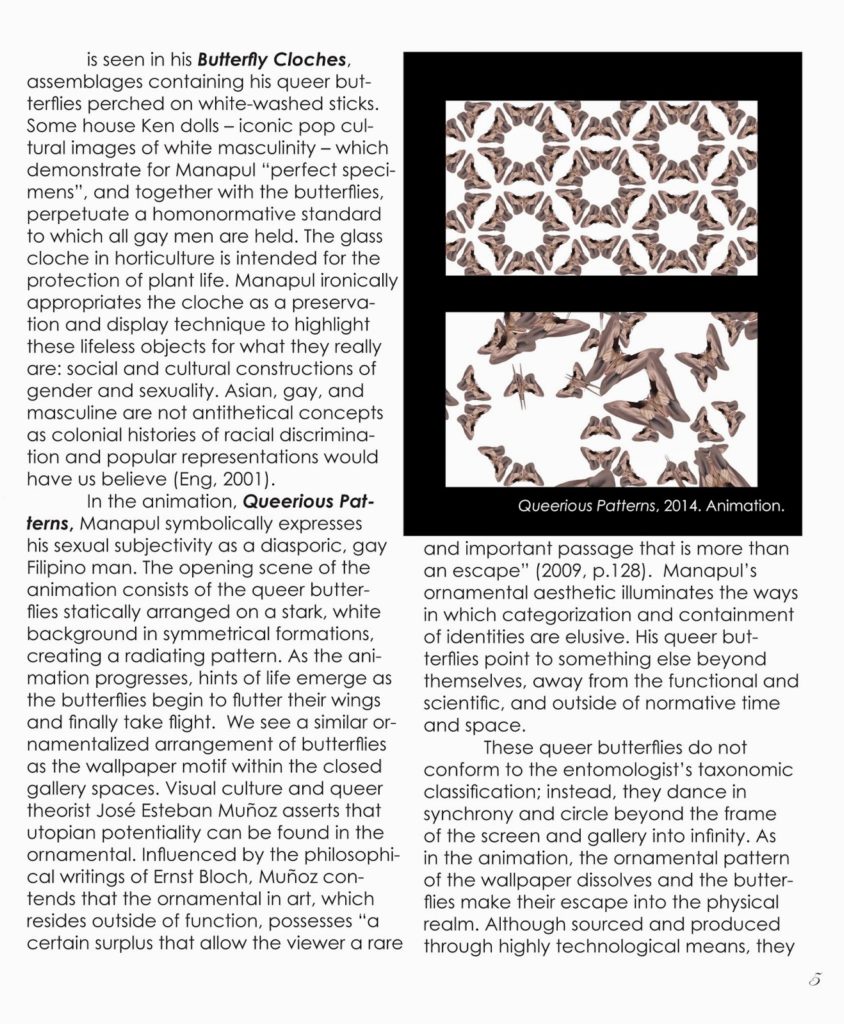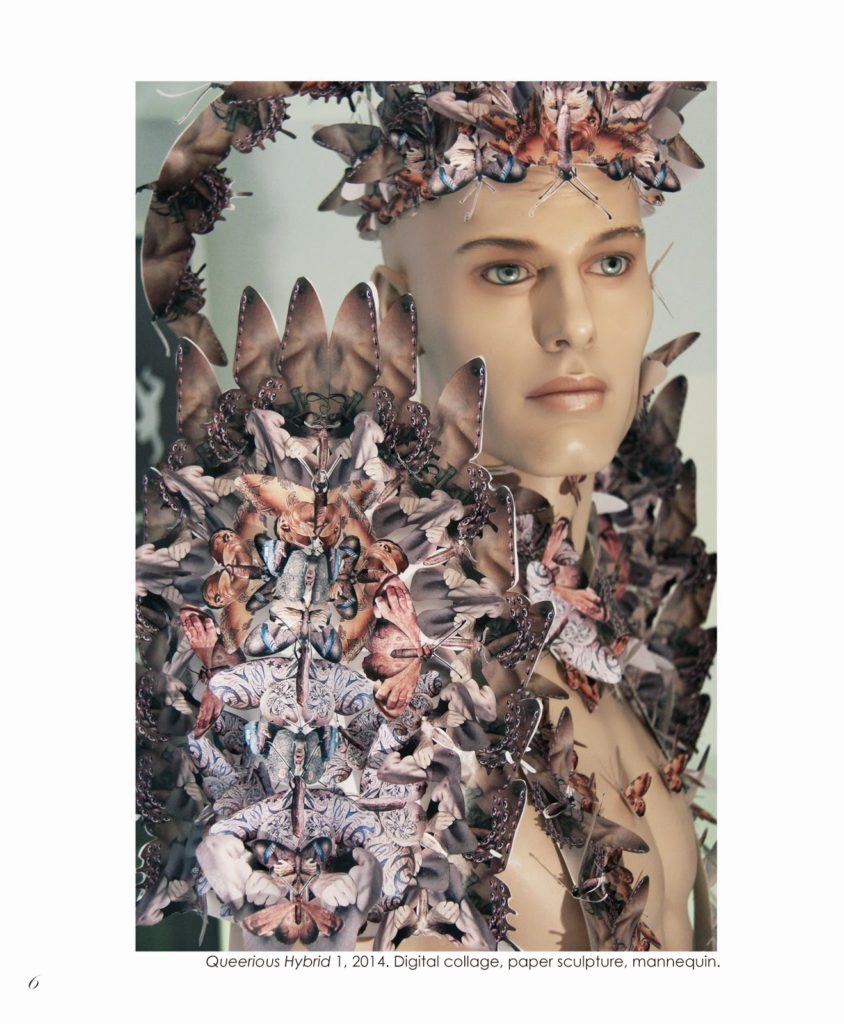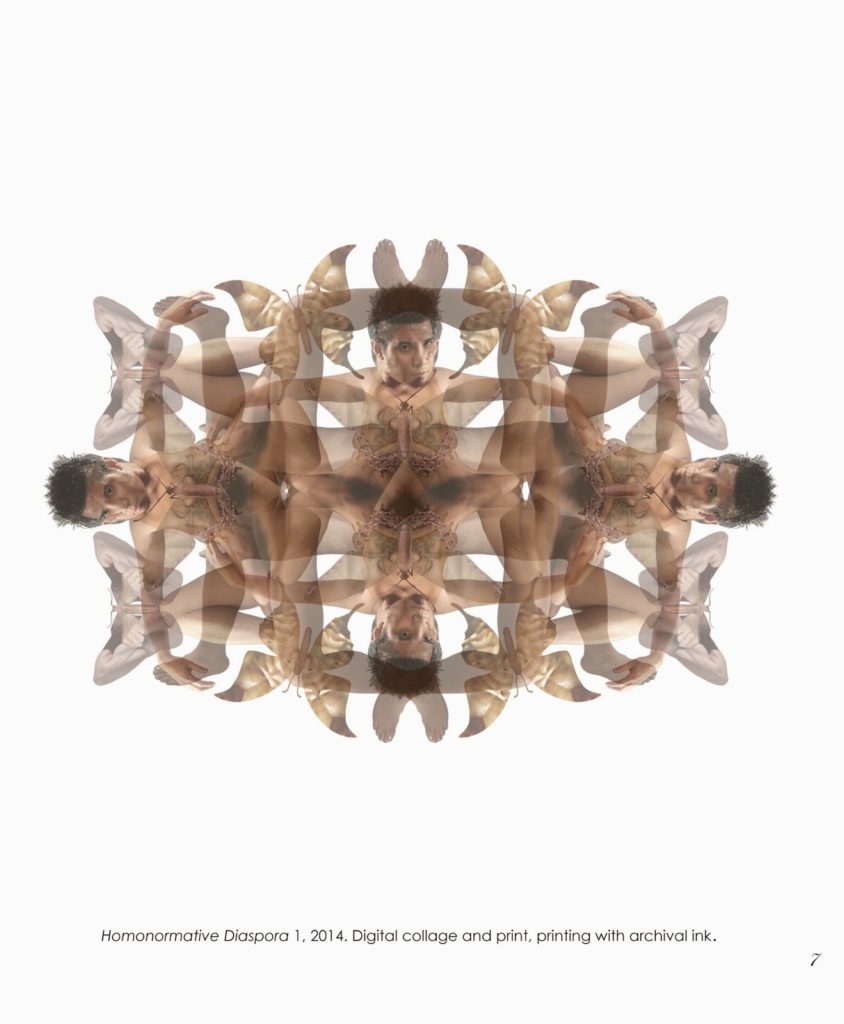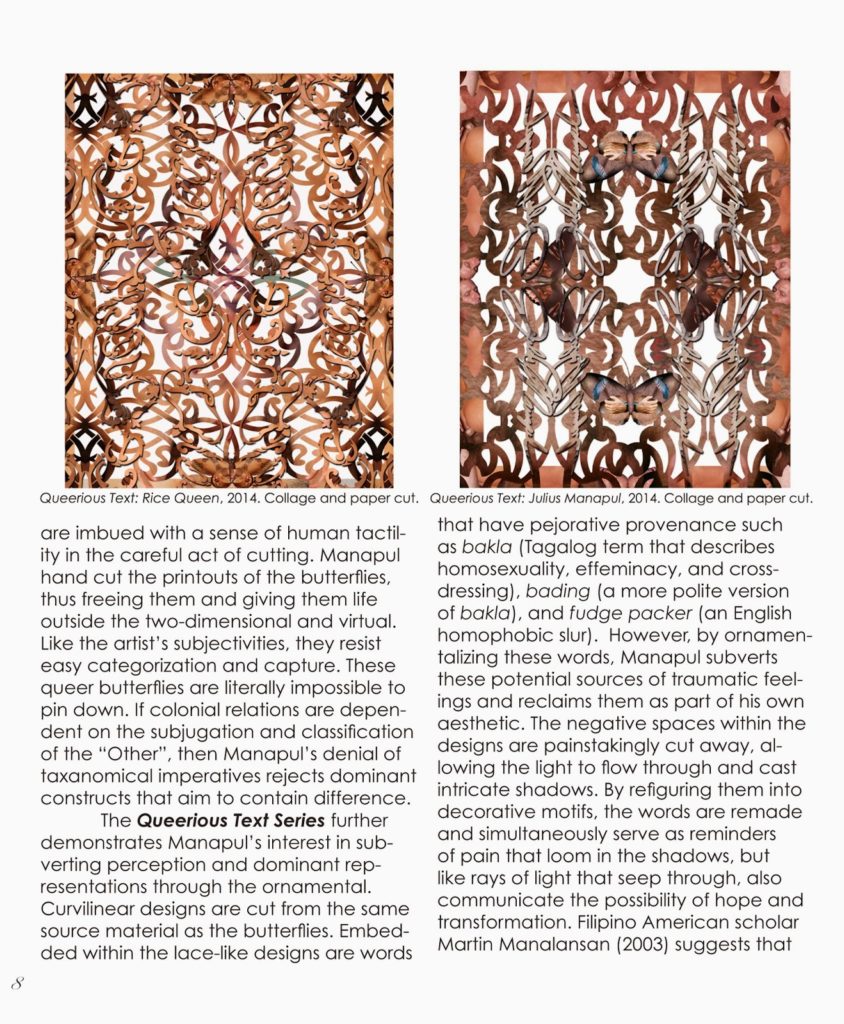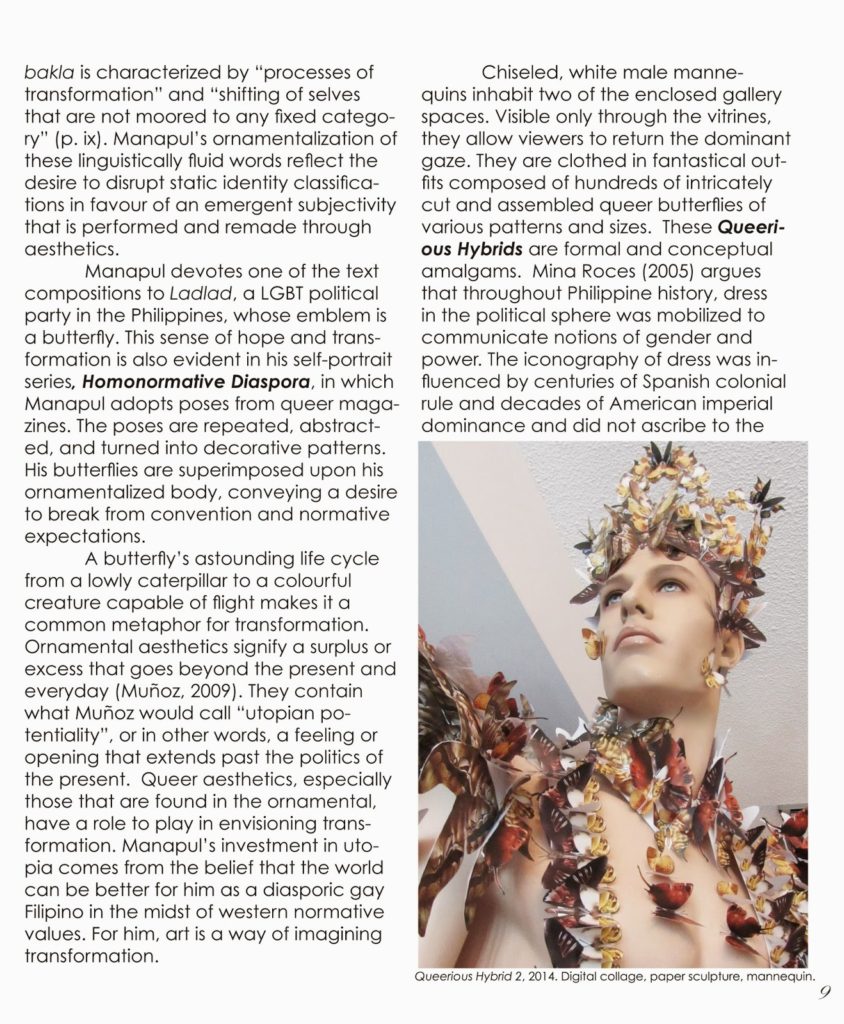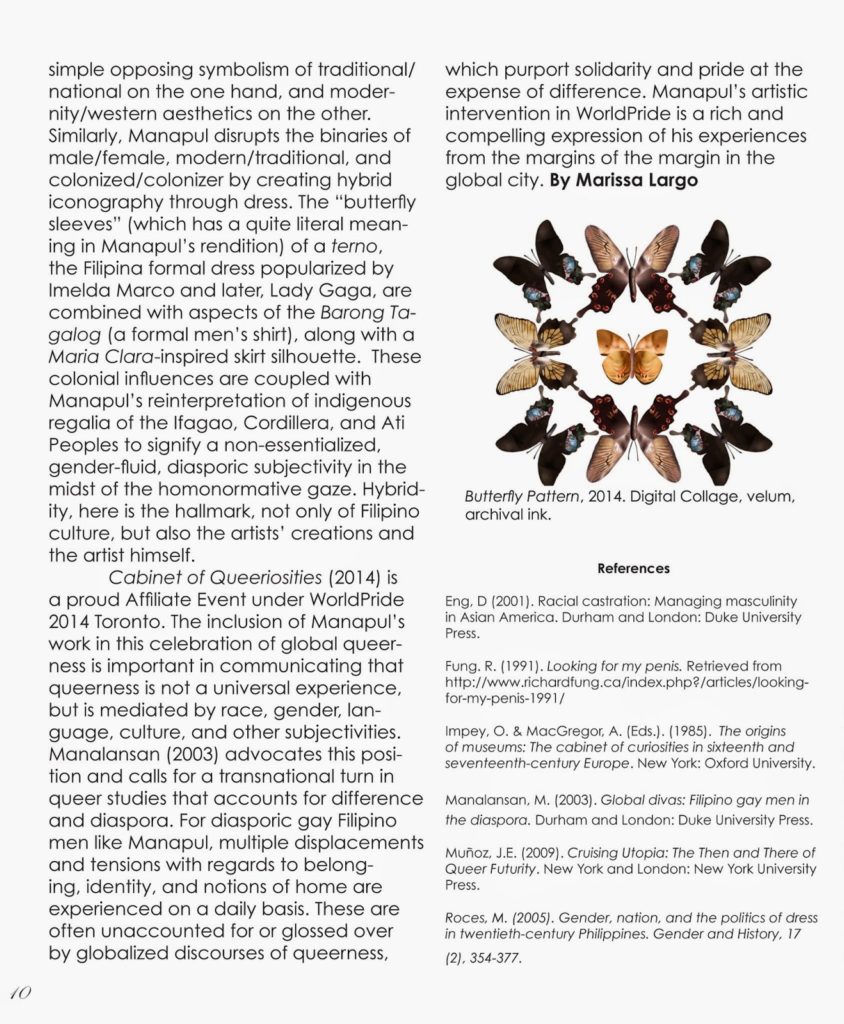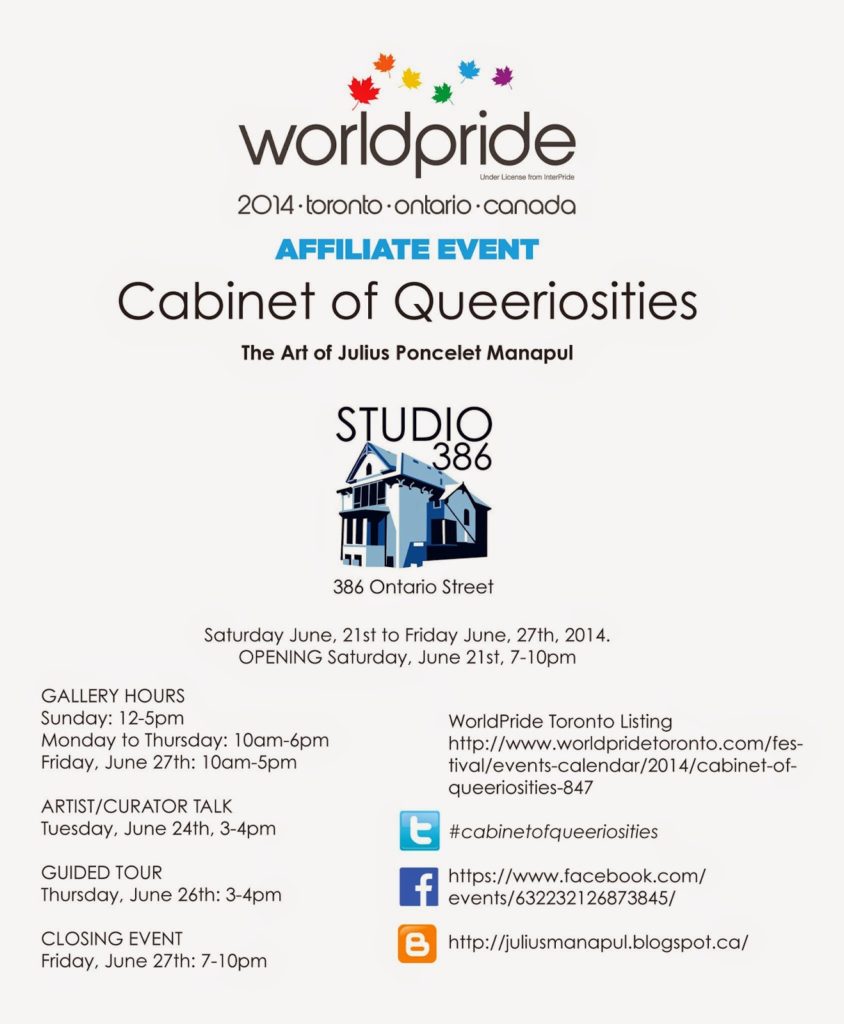Curatorial Projects
2022
X Marks the Spot: Filipinx Futurities
X Marks the Spot takes the X in “Filipinx” as a theoretical and methodological intervention in curation. The X signals an intergenerational relationality – a sort of “call and response” – between recognized and rising practitioners working on Turtle Island that speaks to the legacies, influences, and transformations of Filipinx visual art in last decade. These relationalities generously explore themes such as spiritual healing and hauntings (Cruz x Garay), queer recuperations of colonial gazes and consumerist desire (Manapul x Velasco), and migration, movement, and transcendence (Gonzales x Villanueva).
Marking “the spot” identifies our particular moment in time and space that gives rise to aesthetic possibilities that imagine and embody diasporic Filipinx subjectivity. They transcend nationhood, normativity, capitalist aspirations, and colonial temporality. These investigations take form through sculpture, painting, video, and photocollage and propose alternative engagements with space, place, materiality, selfhood, and community that defy modernism’s limiting ideologies. Beyond identitarian politics, X Marks the Spot, gestures to the multifarious ways in which diasporic Filipinx artists invent aesthetic futurities as an emancipatory practice.
— Visit filipinext.ca/exhibition to learn more
Photo credit: Revill Villanueva
2021
Elusive Desires. b traces the intimacies and (be)longings of two queer Asian diasporic artists: Ness Lee (they/she) and Lan Yee (they/theirs). Both descendants of the Chinese diaspora (Hakka and Cantonese, respectively), Lee and Yee queer mythologies of the nation, settler colonial imaginaries that pervade Canadian art history, and trouble notions of seamless assimilation into a society that leaves much to be desired.
The artists’ desires and affects, as embodied through illustration, painting, installation, embroidery, and sculpture, visualize gendered, sexual, and racial difference, but do so in alluring and sometimes, ironic ways. The promises of affirmation offered by conventional institutions – as in archives, citizenship, and the nuclear family – are elusive for these two artists, who instead, propose affinities, diasporic kinships, and relationalities that centre care and equity.
Elusive Desires seeks to create a space in which the often-obscured subjectivities and intimacies of queer Asian diaspora are brought to the fore in the archive, gallery, and public realm.
— Visit elusivedesires.com to see the virtual gallery
Photo credit: Toni Hafkenscheid
Matatag. October 2021 – May 2022. A Space Gallery, 401 Richmond St. W. Toronto, Ontario.
Matatag – steadfast amidst challenges – is a photo series by 78 Filipina nurses, personal support workers, and in-home caregivers during COVID-19.
Using participatory action research and photovoice, care workers captured everyday moments of struggle while caring for the most vulnerable. They did so despite pandemic-related challenges, such as a lack of PPEs and sick days, intensified working requirements and precarious citizenship.
Through kwentuhan (talk-story) sessions, they highlight what it is like to navigate work, immigration processes, and family separation and reunification. Above all, their narratives of hope, faith, and strength shine through.
— Visit filipinacareworkers.com to learn more

2017
Unsettling Imaginaries. Nov. 3 – Dec. 15, 2017. A Space Gallery, 401 Richmond Ave., Toronto, Ontario.
Exhibition of four Filipinx artists in Canada: Kuh Del Rosario (Vancouver/Batan), Julius Poncelet Manapul (Toronto), Marigold Santos (Montreal/Calgary), and Leslie Supnet (Winnipeg/Toronto). Art work expresses Filipinx subjectivity in excess to the dominant stereotypes that persist in the midst of racist and colonial discourses that are enmeshed in the political, social, and cultural dimensions of Canadian society.
2015
Visualizing the Intimate in Filipino/a Lives in the Diaspora. Jan. 23 – Feb. 15, 2015. Open Gallery, 48 McCaul St., Ontario College of Art and Design University.
Co-curated with Dr. Robert Diaz. Organized the exhibition of 12 Filipino/a Canadian artists, wrote the curatorial essay, organized the gallery attendant schedule, and presented at an artist dialogue.
2014
Cabinet of Queeriosities. The Art of Julius Manapul. June 21 – 27th, 2014. Studio 386, 386 Ontario Street, Toronto, ON.
An Affiliate Event of WorldPride 2014 Toronto. Wrote curatorial essay, facilitated the artist/curator talk and guided tour, co-ordinated volunteers, and led the general administration of the exhibition.
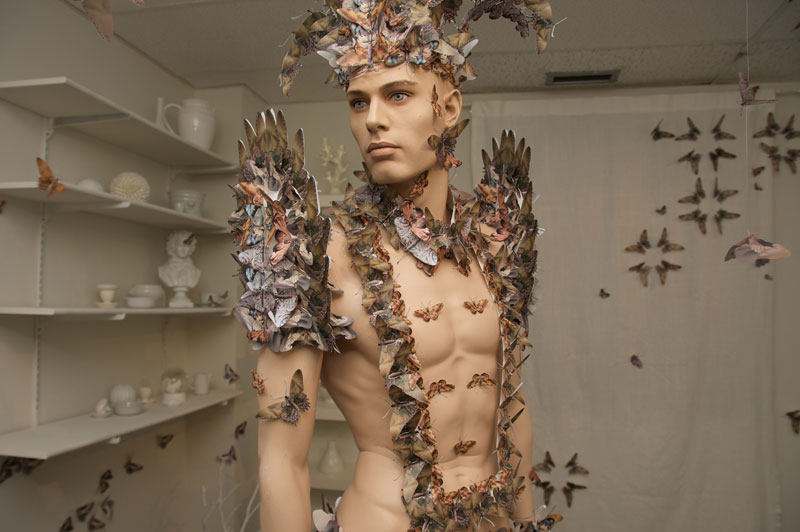
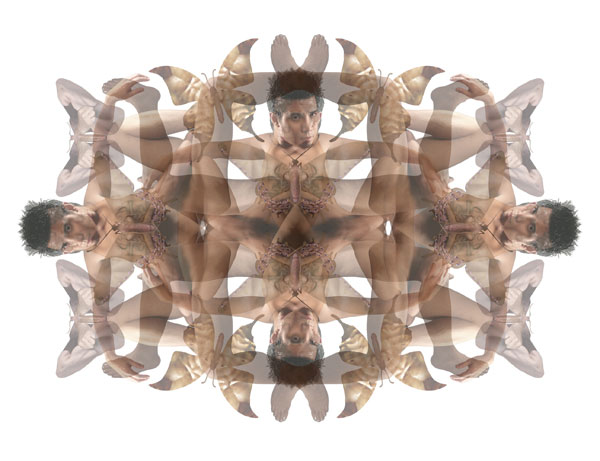
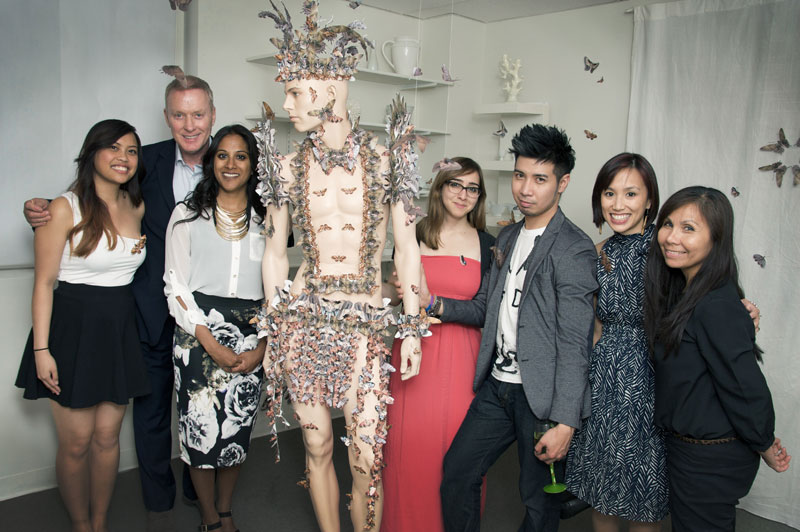
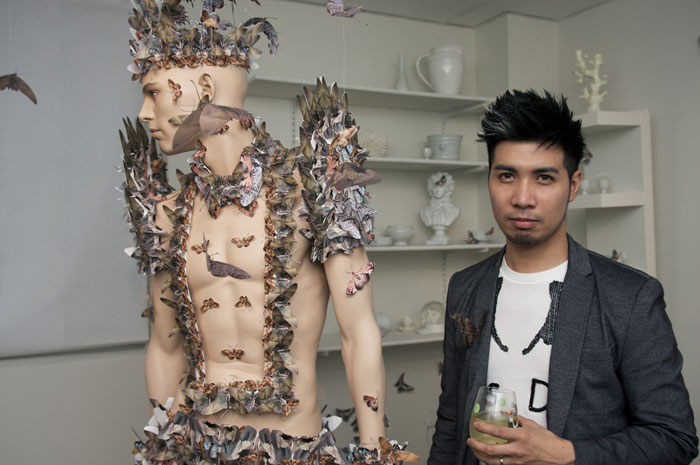
Photo Credit: Jane Dennis Moore
The Cabinet of Queeriosities (2014) is a new body of work by Philippine-born, Toronto-based visual artist Julius Poncelet Manapul. An Affiliate Event of WorldPride 2014 Toronto, this artistic intervention spans three spaces of first floor of Studio 386 (386 Ontario Street, just south-east of the Church Wellesley Village) and consists of installation, sculpture, video projection, digital art, and mixed media works which interrogate the artist’s experiences of racialized queerness in the age of globalization and diaspora. Using visual vocabularies culled from colonial and Indigenous cultures in the Philippines, abstracted gay pornography, and found everyday objects, Manapul constructs stunning hybrid creations that belie first impressions and challenge homonormative and heteronomative gazes.
Curated by artist and scholar Marissa Largo, this intervention includes an artist/curator talk that will provide opportunities to consider the experiences of queers of colour and artistic production in the midst of mainstream representations proliferated by the Internet and popular culture. The guided tour offers an up-close and behind-the-scenes look at Manapul’s exquisite, highly crafted works of art.
In light of WorldPride, Manapul mobilizes compelling and subversive visual strategies to assert that queerness is not a universal experience, but is mediated by race, class, culture, and other subjectivities. These are sometimes unaccounted for by globalized discourses of queerness, which purport solidarity and pride at the expense of difference. Manapul’s artistic intervention in WorldPride is an assertion of his experiences from the margins of the margin in the global city.
